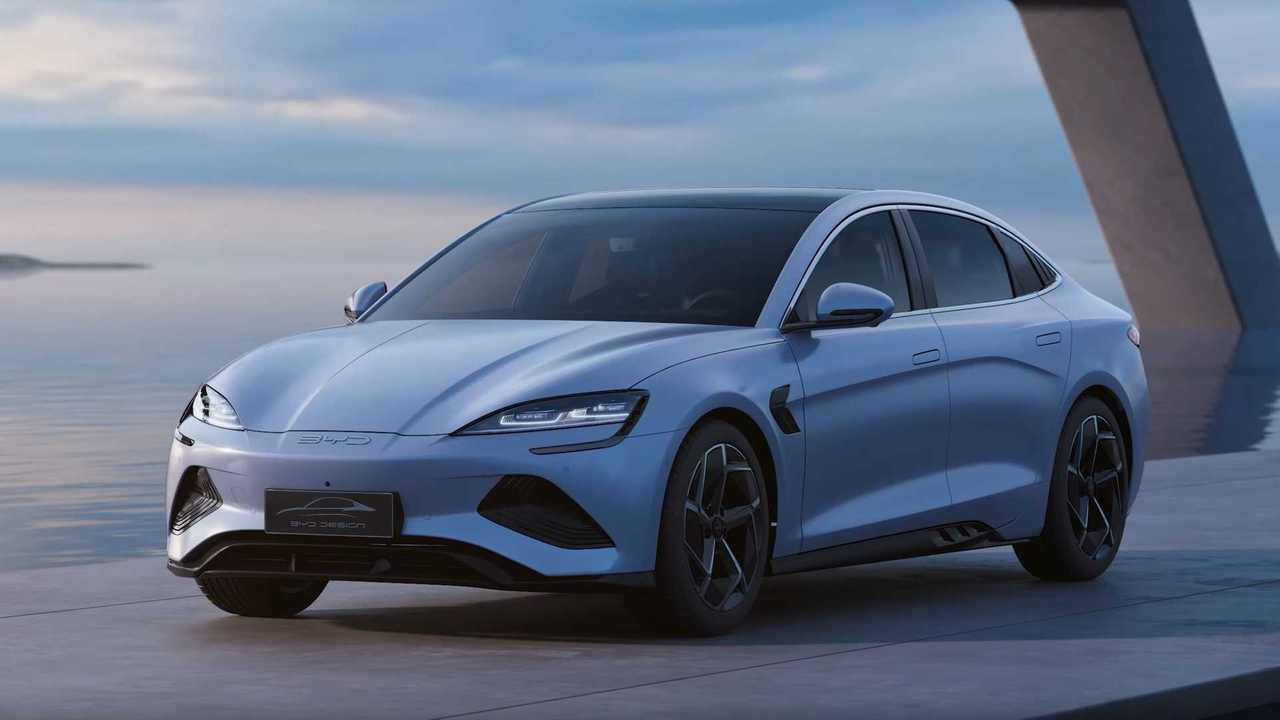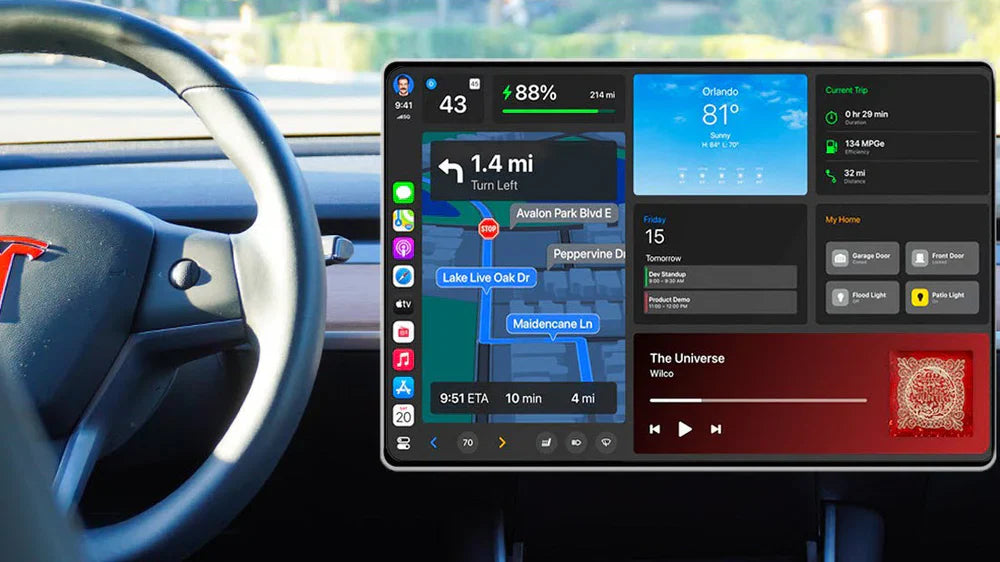A New Approach to EV Battery Temperature Control
Keeping an electric vehicle battery within an optimal temperature band is essential for safe fast charging, consistent performance and long-term longevity. Most modern EVs rely on conventional cooling plates that sit above or beneath the cells, but this approach is often uneven and inefficient, leaving certain cell groups vulnerable to overheating. When just one section gets too hot, the entire pack must scale back power intake or output, slowing charging and reducing available range.

Introducing the Dectravalve
A UK-based startup, Hydrohertz, believes it has found a more cost-effective way to fix these shortcomings without redesigning the entire battery pack. Its compact thermal-management unit, called the Dectravalve, is engineered to deliver highly precise and independent heating or cooling across multiple battery zones.
Unlike traditional systems that require several actuator valves and complex plumbing, the Dectravalve uses a single coolant inlet and can independently manage up to four zones. Hydrohertz says the design prevents any cross-flow between zones, allowing targeted temperature control that keeps cell groups more evenly balanced under high load.
Independent Testing Shows Promising Results
To validate the device, Hydrohertz submitted the Dectravalve for independent testing at the Warwick Manufacturing Group (WMG). Engineers fitted a 100-kWh LFP battery with the system and subjected it to aggressive fast-charging conditions.
During testing, the hottest cell reached only 112.1°F (44.5°C), and the total pack temperature spread was just 4.68°F (2.6°C)—far narrower than typical results from existing systems. For comparison, many EV packs under stress can reach 132.8°F (56°C), triggering thermal throttling and longer charging times.
Hydrohertz claims that maintaining uniform temperatures can reduce charging sessions by up to 68%, potentially cutting a 30-minute stop down to roughly 10 minutes. The company also suggests that optimized thermal management can improve real-world driving range by as much as 10%, while reducing long-term degradation by minimizing stress on individual cells.
Preventing Thermal Domino Effects
Hydrohertz CTO Martyn Talbot emphasized that the Dectravalve avoids the “shared circuit” issue common in existing cooling systems. One overheated zone cannot contaminate adjacent groups, eliminating the thermal “domino effect” that often spreads through a pack.
According to Talbot, each battery section receives exactly the amount of cooling it requires, creating a stable and predictable thermal environment. This control, he says, is critical for next-generation EV platforms that must support faster charging and higher power outputs.
Talbot brings nearly twenty years of industry experience, working alongside CEO Paul Arkesden — previously Senior VP of Engineering at Singer Vehicle Design and the head of engineering responsible for McLaren’s P1 hypercar powertrain.

An Industry Ready for Smarter Thermal Solutions?
Whether the Dectravalve reaches mass production depends on automaker adoption. Integrating new thermal components is never trivial, but the EV industry is under pressure: consumers expect shorter charging times, consistent winter performance and longer battery lifespans.
Recent history shows that breakthrough component suppliers can find success. The rise of Yasa’s axial-flux motors, which impressed Mercedes-Benz enough to acquire the company outright, demonstrates that compelling engineering often finds its way into major OEM programs.
If Hydrohertz’s claims hold up in broader testing, the Dectravalve may offer manufacturers a practical path to faster charging and improved efficiency without expensive pack redesigns—a highly attractive proposition as EV competition intensifies.
Recommend Reading: How to Protect Your EV Battery in cold weather?







Partager:
Tesla’s Shift Toward Apple CarPlay Marks a Major Infotainment Strategy Change
New Rules in China Aim to Slow EV Acceleration for Safety